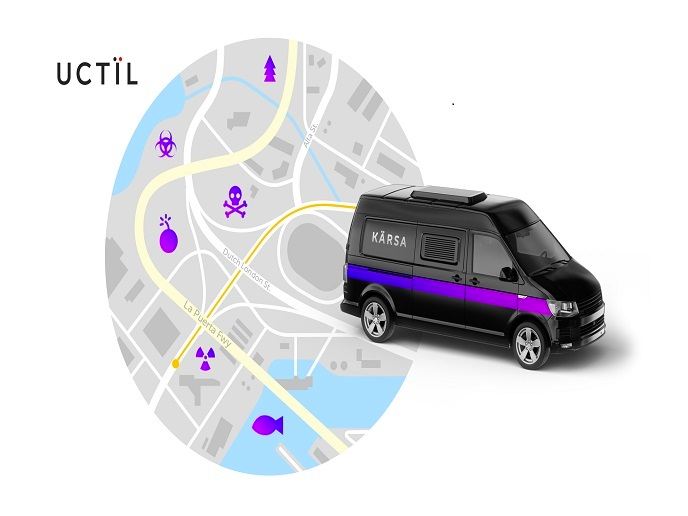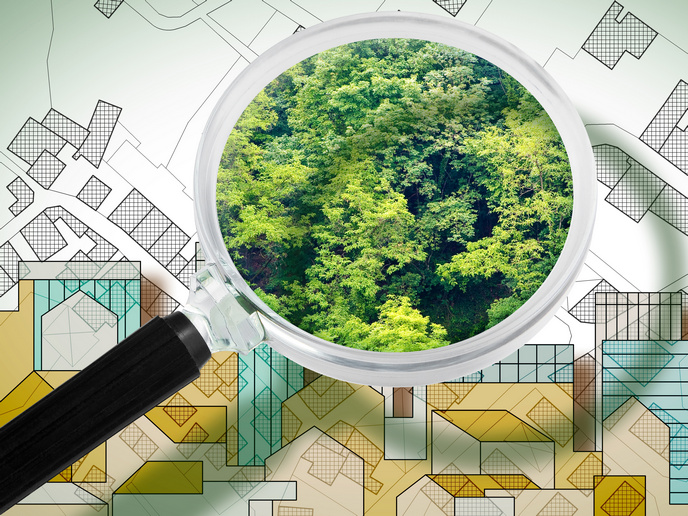Sniffer sensors locate home-made bombs
One of the main ways that terrorists threaten public safety is via home-made bombs. Police usually prevent bombings using indirect means such as intercepted communications. So far, direct detection of explosives in the preparation stage has not been possible. The EU-funded UCTIL project solves that. Researchers developed technologies that sample urban air and detect the chemical ingredients of explosives, allowing the manufacture location to be pinpointed. The technologies were inspired by the SIGMA+ mission under the United States’ government agency, DARPA. Although the two projects had similar goals, the UCTIL technologies are different, independently developed, and more ambitious than SIGMA+. UCTIL could in principle also detect the operation of drug labs. The project examined the concept’s feasibility and the possibility of developing the technologies to a higher readiness level.
Sensitive sensors
The UCTIL system effectively sniffs out the chemical signatures (odours) of ingredients in explosives. The sensors are based on mass spectrometry, a technique able to analyse minute chemical samples, in this case the target chemicals at one part per quadrillion, or a thousand million! Project modelling indicates that a mobile network would require fewer sensors than a stationary network, and that 4-5 mobile sensors per city should suffice. In the first instance, the sensors would be mounted on vans that drive around sampling the air. At a future stage of development, the sensors could be carried by automated drones. City air can contain thousands of different molecules. “Detecting those of interest from a security perspective, with high sensitivity and specificity, is technically demanding,” says project coordinator Aleksei Shcherbinin. “We propose to chemically map the city’s ambient air, then use artificial intelligence and state-of-the-art meteorological simulations to locate and track the sources of the emissions.” The sensors would normally work in a continuous monitoring mode. If something suspicious is detected, the system switches to a tracking mode that actively looks for chemical sources. That permits location-pinpointing to the building level. “The UCTIL concept is unobtrusive and avoids surveillance that might jeopardise the privacy of citizens,” adds Shcherbinin.
Green light
The team determined that the system would be technically and economically feasible. During the project, researchers revised their understanding of likely operational use, and produced business models that can be refined once the technology is proven. Police will be the primary users, but fire departments and industrial organisations might use the system as well. So far, potential users have given very positive feedback. Most importantly, work conducted during the project allowed members to develop a solid plan for how to proceed with development. The consortium has submitted an application to Horizon 2020 for substantial next-stage development funding. If successful, researchers would work with meteorologists and police forces to develop the system and perform operational trials in four major European cities (Helsinki, Madrid, Brussels and Amsterdam). The fact that UCTIL can sample air also makes it suitable for monitoring urban air quality. This will prove invaluable for environmental management purposes and opens an additional potential market for the data. UCTIL will make it easier for police and other authorities to detect illegal activity, including the manufacture of bombs and drugs, in progress. The system will furthermore contribute to air quality monitoring, helping to make city air less polluted.
Keywords
UCTIL, sensors, bomb, chemical, monitoring, urban air, mass spectrometry







